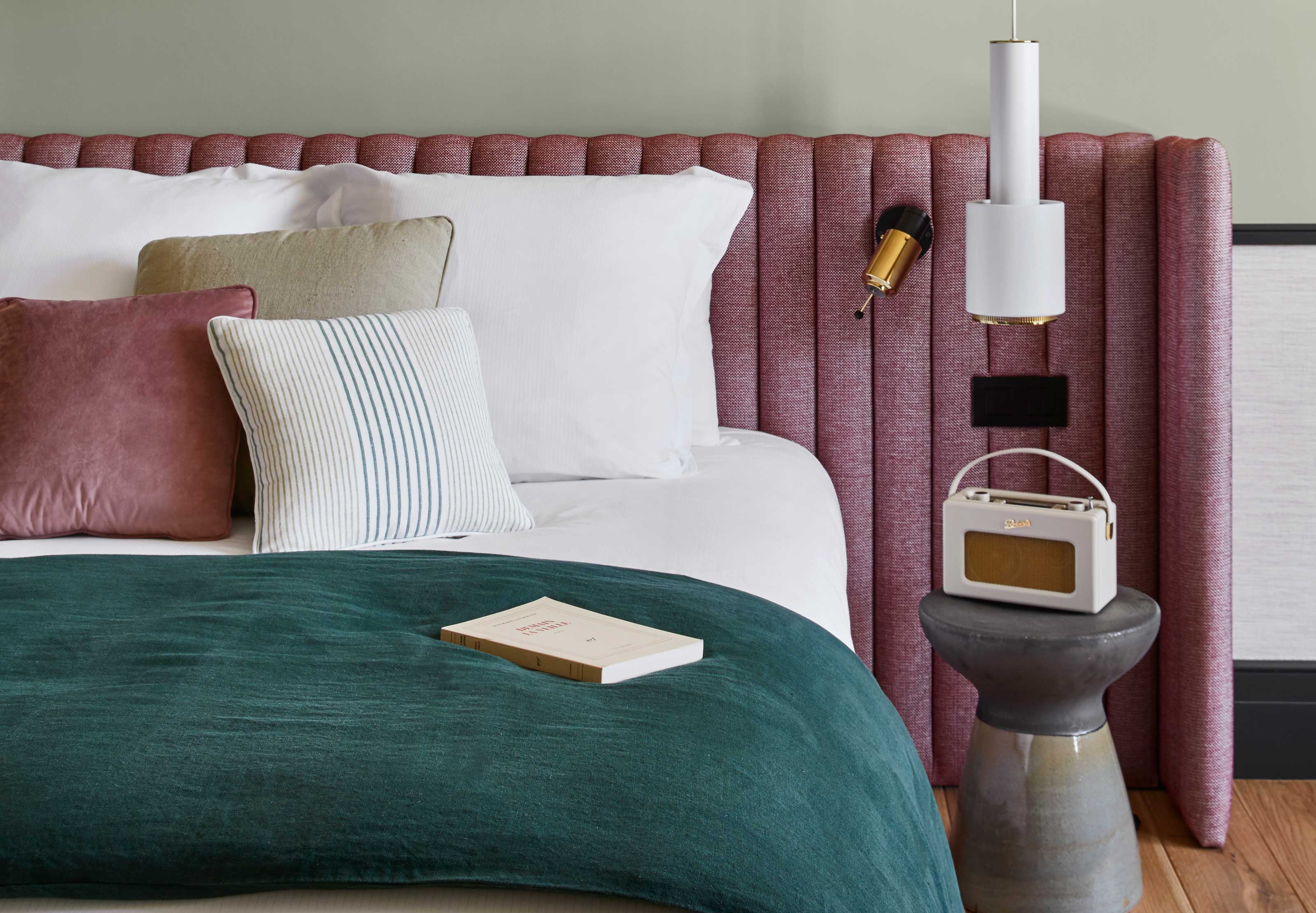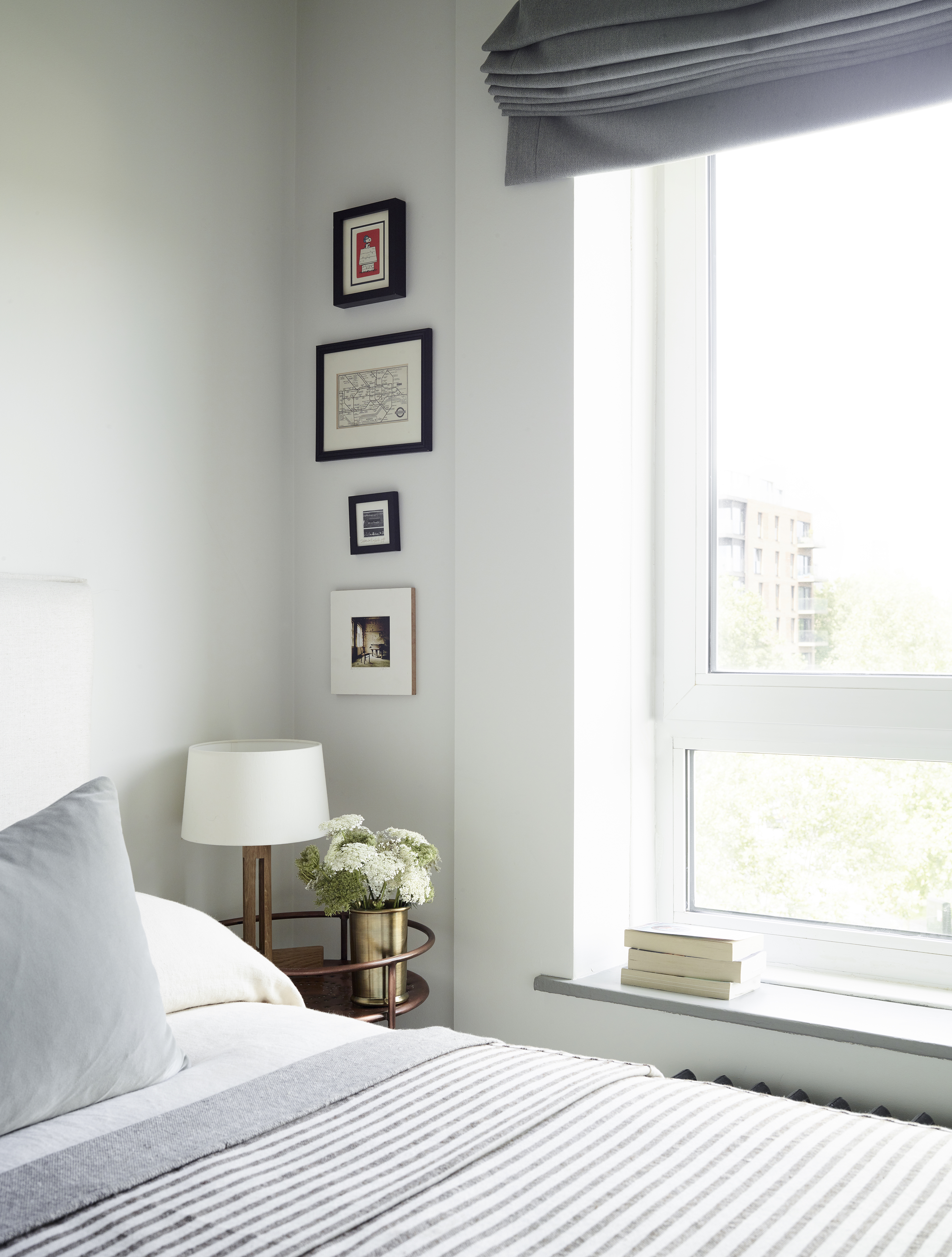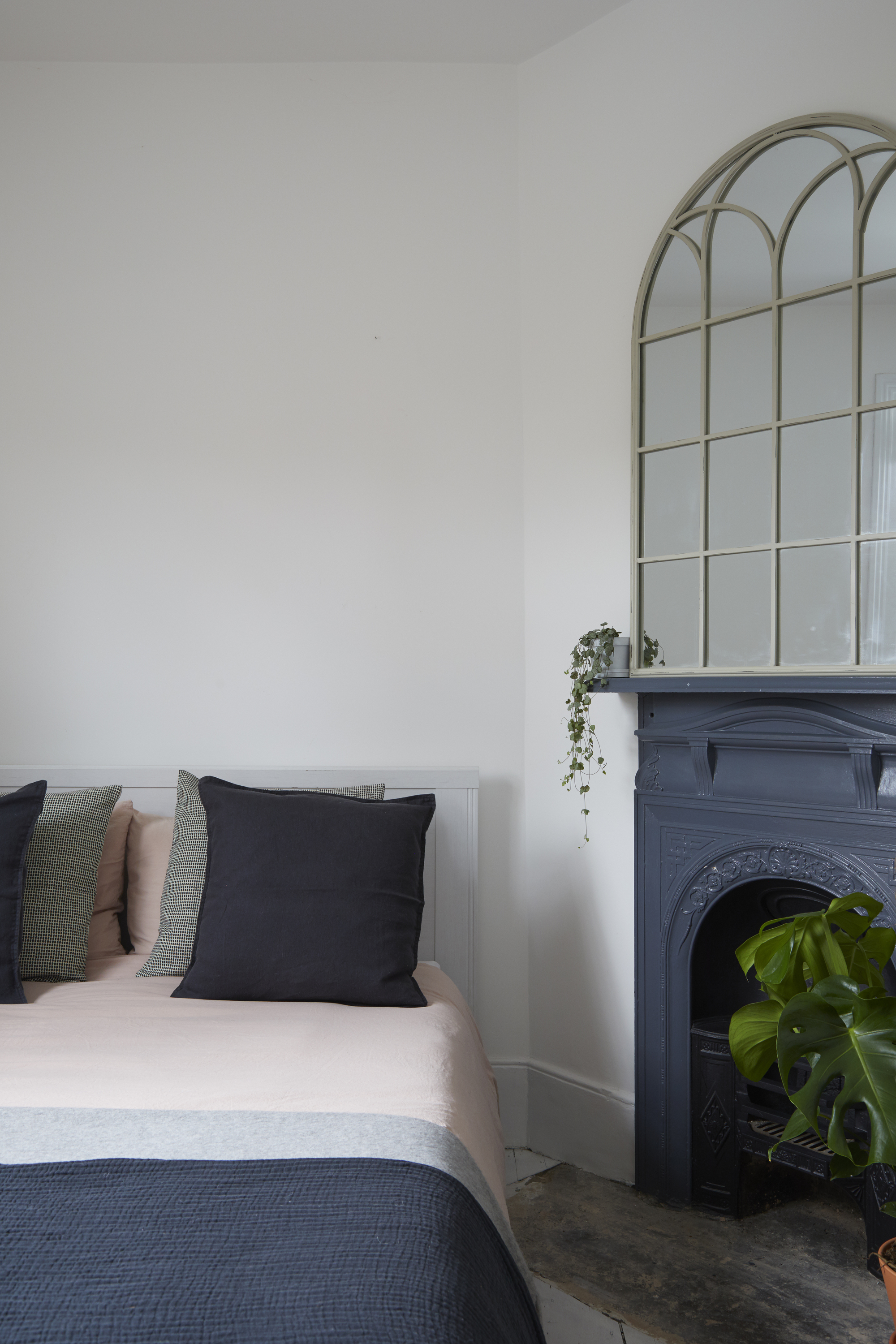
Sleep doesn't come easily to everyone. If you're the type of person who drifts off into a deep slumber the second your head hits the pillow, just know that there's a whole other camp of people out there who seriously envy you. It's thought that roughly one in three of us suffer from insomnia and, for those people, ambient noise can be the only way to get those crucial hours of shut-eye at night.
Chances are you've heard of white noise, perhaps even brown noise - and maybe you've even heard an insomniac's ravings about the benefits of whale sounds when it comes to sleep - but for most of us, pink noise is a far more enigmatic term. Just like other colored sounds, pink noise claims to induce sleep by blocking out bothersome noises and relaxing the mind with constant, static-like tones - but what does it actually sound like, and how does it work?
To get to the bottom of these questions, we've spoken to some sleep experts who explain all you need to know about pink noise, including why it might be the best alternative to white noise if you really want to learn how to sleep better...
What is pink noise?

Just as paint colors in your bedroom can help you sleep, so can colored sounds. As you may have guessed, pink noise and white noise aren't on the same wavelength - quite literally. While white noise contains all the frequencies audible to the human ear at the same level of intensity, pink noise gives more power to lower pitches, giving it a deeper sound. It's hard to put into words exactly how this static noise sounds to the ear, but many quote it as a smoother, softer alternative to white noise.
'Like white noise, it consists of all frequencies we can hear, but the energy isn’t equally distributed across them,' explains Carlie Gasia, a sleep expert and Certified Sleep Science Coach at Sleepopolis. 'It’s more intense at lower frequencies, which creates a deeper sound to filter out higher, more distracting sounds. As a result, you hear more relaxing, lower-frequency sounds.'
Another reason many prefer pink noise is thanks to its association with nature. 'Pink sounds played at bedtime help people to sleep because pink noise sounds are on a wavelength similar to a waterfall or rain which can be a comforting sound for many,' explains Dr Nilong Vyas, sleep coach and medical reviewer at the Sleep Foundation.
How does it help you sleep?

Explaining how static, sleep-inducing sounds work without getting overly technical can be tricky, but the general idea is that they help override other distracting external sounds that might disrupt sleep.
'Pink noise played steadily at bedtime can help people relax by concealing distracting higher-pitched sounds,' says Carlie. 'Recent studies on sleep noises have found that programming a pink noise audio to gradually decrease in volume as you fall asleep not only helps you fall asleep faster, but also reach deep sleep quicker, too.'
Even for those of us that drift off easily, then, listening to pink noise in the bedroom can enhance sleep quality during deep sleep and REM sleep, the most restorative sleep stage. According to Carlie, studies have shown that brain waves gradually slow to be in sync with the pink noise, helping stabilize sleep and minimize sleep disruptions. 'This phenomenon is also tied to having favorable effects on vital processes affected by REM sleep such as memory, immune system functioning, and hormone regulation,' she adds.
How does it differ from white noise?

We already know how white and pink noise differ from a technical point of view, but what about when it comes to helping you to sleep?
'Pink noise has been shown, in studies, to help people fall asleep faster than its counterpart, white noise,' explains Nilong. 'Of 34 studies that evaluated pink and white noise as it relates to sleep, it was discovered that 82% of those using pink noise had an improved sleep outcome over 33% of those using white noise.'
We'd say those are pretty optimistic statistics. If you struggle to sleep and often wake up feeling tired, or you find that white noise just isn't helping you to snooze soundly, give pink noise a try. As far as bedroom trends go, this one's worth getting on board with.







